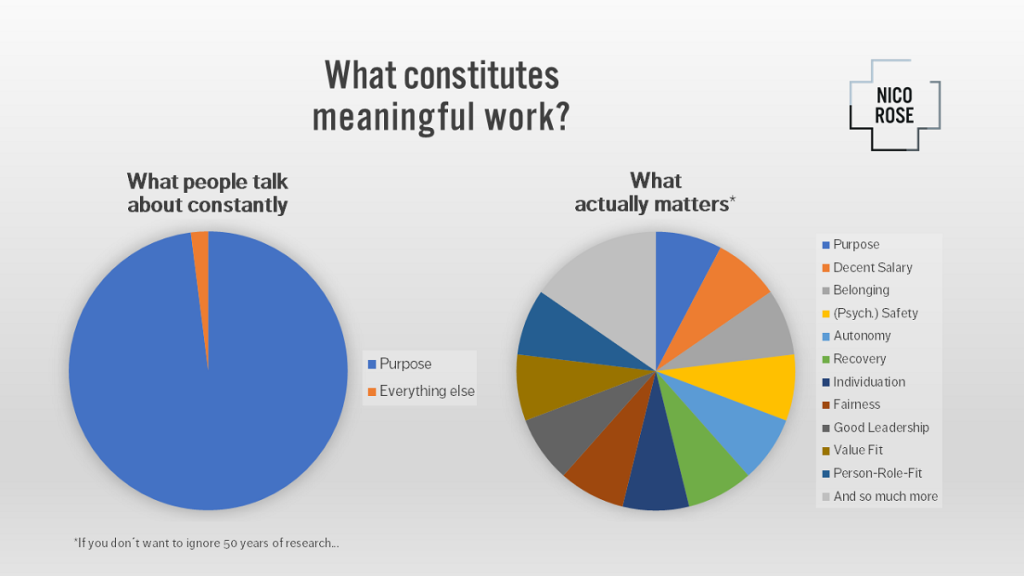 Oh, sweet vacation time. I have spent the last 12 days on the island of Ibiza with my wife and our two children at a seaside resort near Santa Eulalia. The weather was nice, the sea was warm, the ice cream was delicious – everything as it should be. Only one thing has somewhat diminished our enjoyment on a daily basis: My children are water lovers. Accordingly, we spent the greater part of our days at the pool (or the beach, for that matter). Thus, every morning before breakfast, an urgent question arose:
Oh, sweet vacation time. I have spent the last 12 days on the island of Ibiza with my wife and our two children at a seaside resort near Santa Eulalia. The weather was nice, the sea was warm, the ice cream was delicious – everything as it should be. Only one thing has somewhat diminished our enjoyment on a daily basis: My children are water lovers. Accordingly, we spent the greater part of our days at the pool (or the beach, for that matter). Thus, every morning before breakfast, an urgent question arose:
Reserve a lounger – or not?
On most days after breakfast, all the loungers next to the pool areas for children were either occupied or reserved with a towel, oftentimes for several hours before their respective owners even appeared.* My wife, who apparently was raised to display more civility compared to myself, asked me several times not to participate in this game. I complied on all days except one, which mostly resulted in hours and hours of waiting until we could get hold of two adjacent loungers for the four of us. On other days, we only found separated ones, so the family had to chill at different parts of the pool, which was also rather unsatisfactory. All of this happened, by the way, even though there are clearly visible signs which disallow the reservation of loungers.

Now, one could easily object the hotel was simply accommodating too many guests compared to its capacity, but I won´t delve into this today. Instead, I would like to shed some light on what was going on based on insights from social psychology and game theory – and I would also like to explore what this has to say about company culture. There is a perceptive tweet by Robert Sutton, a Stanford management professor, that I often share in my keynotes:

The underlying assumption here is that, when resources are scarce, the behavior of people in organizations predictably takes a moral downward spiral when there is no proper positive intervention on the part of the leaders. In the absence of purposeful countermeasures, human virtues will succumb to egotism, at best a narrow-minded tit-for-tat mentality.
When civility goes overboard
I guess this is also what tends to happen at hotel pools worldwide every morning. The crucial point: Most people undoubtedly do not want to behave like assholes. They simply see their hopes dashed given the limited resources. In that sense, initially it does not take more than a few people who won´t stick to the rules to wreak havoc. It´s exactly these people who (almost) inevitably set in motion the abovementioned downward spiral – especially when their behavior is not immediately interrupted by an appropriate authority. I´ve heard of hotels where employees regularly patrol the pools and confiscate towels that have obviously not been used for several hours. Unfortunately, this was not the case here, and to remove the towels myself seemed inappropriate to me (as well as to many other guests). As a result, virtually all “players” chose to pursue their own somewhat selfish interests, even though they initially intended to behave graciously. There are at least two reasons for this kind of behavior:
- In terms of social psychology, people will look to “the norm”, that is, to what “the others” are doing in a given situation. Accordingly, those fellow human beings who initially break the rules are used to legitimize one´s own misconduct: “If everyone does it, it seems to be OK.”
- In terms of game theory, people see themselves as part of a zero-sum game (not entirely misguided with regard to the loungers) and, hence, decide to pursue their own benefit to the detriment of their fellow human beings: “Why should I go out empty-handed, when the others are not willing to do without?”
Ultimately, this is the tragedy of the situation: Almost everyone breaks the rules, but hardly anyone will feel guilty – because there are “good reasons” to do so. And it all starts with just a few assholes. I deliberately use this expletive – specifically referring to Aaron James, professor of philosophy at University of California, Irvine. He has dedicated a whole book to this variety of human being. According to James, a person can be categorized as an asshole when he or she…
systematically allows himself to enjoy special advantages in interpersonal relations out of an entrenched sense of entitlement that immunizes him against the complaints of other people. […] The asshole is the person who habitually cuts in line. Or frequently interrupts in a conversation. […] Or who persistently emphasizes another person´s faults. Or who is extremely sensitive to perceived slights while being oblivious to his crassness with others.
A stitch in time saves nine
So what? Aaron James and Robert Sutton by and large agree the objective should be to work towards turning a given system (whether a hotel pool or conference room) into an “asshole-free zone”. Indecent behaviors should be counteracted pro-actively and immediately, in public at best. At the same time, it certainly helps when leading protagonists of the respective system frequently demonstrate desired behaviors (“Walk the talk!”). Lest the transgressors remain continuously unshaken in light of such measures, it is prudent to remove them from the system altogether – even at the risk of turmoil and momentarily increased costs. The harm they inflict on the system in the long run, as a rule, will exceed the costs of the intervention by far. If you´d like to know more: In one of his own books on this difficile subject, Robert Sutton – I guess somewhat tongue-in-cheek – describes a way to calculate the so-called TCA (“Total Cost of Assholes”).
Conclusion
To end on a high note, I´m happy to tell you that, some of the time, the better angels of our nature clearly prevailed. On the fifth day, after my son had walked around the pool several times looking more and more frustrated, fellow guests graciously gave us one of their loungers. This was followed by spontaneous exchanges of toys among children, lively dialogues among adults on the question of how to get rid of stains caused by surplus bolognese sauce on white t-shirts without a washing machine – and cheerful multinational fraternization in general.
However, I cannot guarantee this will hold true for your organization.
* The whole issue does not seem to be a national feature. The club hosts a motley mix of German, Austrian, Swiss, Dutch, Belgian, English, Russian, French, Spanish, and Scandinavian compatriots.
This text was originally published on my LinkedIn profile.


 I´m a big fan of the work of Professor
I´m a big fan of the work of Professor  Oh, sweet vacation time. I have spent the last 12 days on the island of Ibiza with my wife and our two children at a seaside resort near Santa Eulalia. The weather was nice, the sea was warm, the ice cream was delicious – everything as it should be. Only one thing has somewhat diminished our enjoyment on a daily basis: My children are water lovers. Accordingly, we spent the greater part of our days at the pool (or the beach, for that matter). Thus, every morning before breakfast, an urgent question arose:
Oh, sweet vacation time. I have spent the last 12 days on the island of Ibiza with my wife and our two children at a seaside resort near Santa Eulalia. The weather was nice, the sea was warm, the ice cream was delicious – everything as it should be. Only one thing has somewhat diminished our enjoyment on a daily basis: My children are water lovers. Accordingly, we spent the greater part of our days at the pool (or the beach, for that matter). Thus, every morning before breakfast, an urgent question arose:

 This was the motto of the panel discussion I participated in during the morning session of Udacity Intersect 2018. The panel was hosted by Kathleen Mullaney, VP of Careers at Udacity. The other panelists were:
This was the motto of the panel discussion I participated in during the morning session of Udacity Intersect 2018. The panel was hosted by Kathleen Mullaney, VP of Careers at Udacity. The other panelists were:





 Once I´ll reach x (…put in one of your personal or professional goals…) I´ll be happy. This is a popular equation many people believe in. It´s promoted by a lot of self-help books as well.
Once I´ll reach x (…put in one of your personal or professional goals…) I´ll be happy. This is a popular equation many people believe in. It´s promoted by a lot of self-help books as well.



